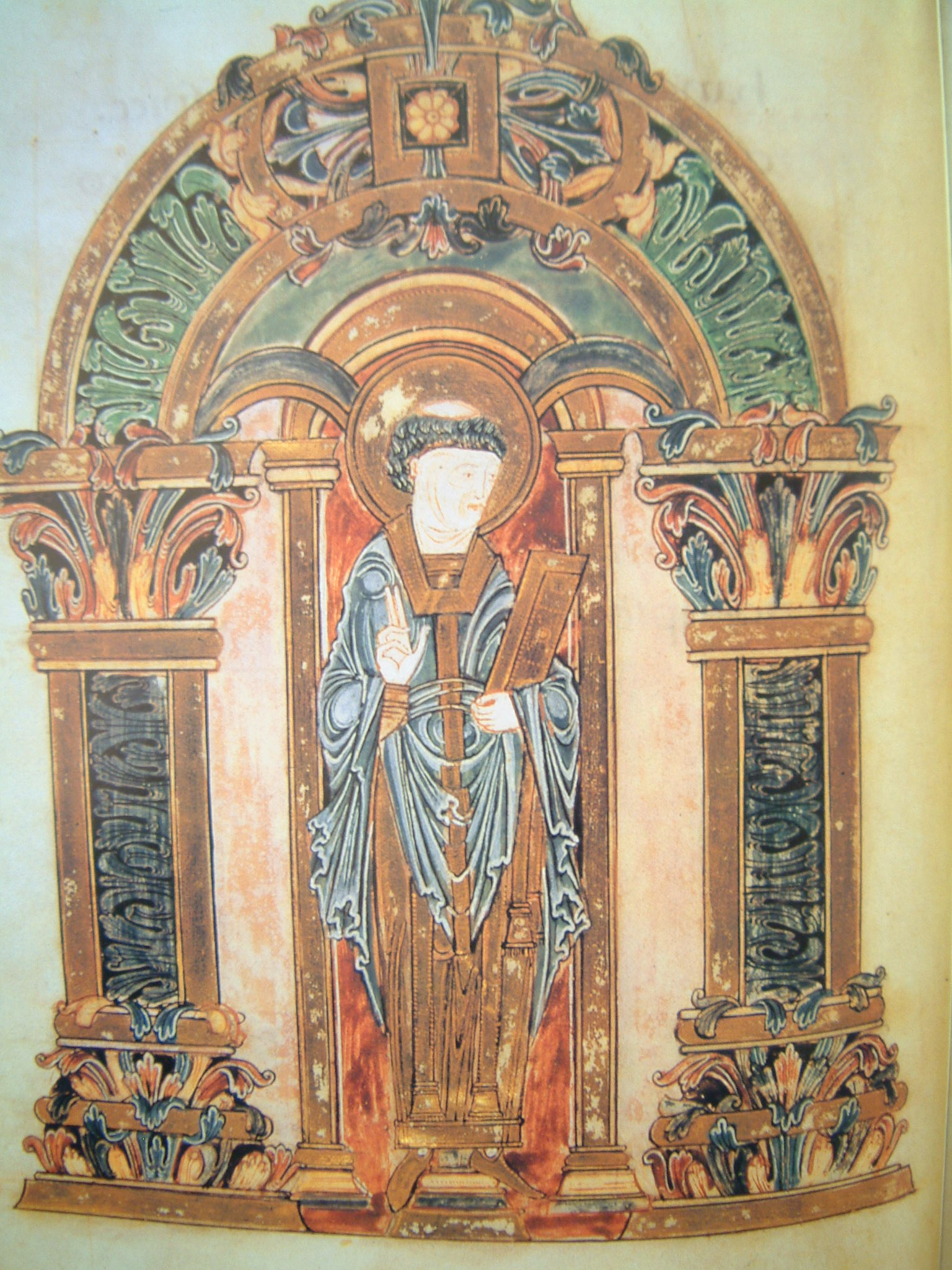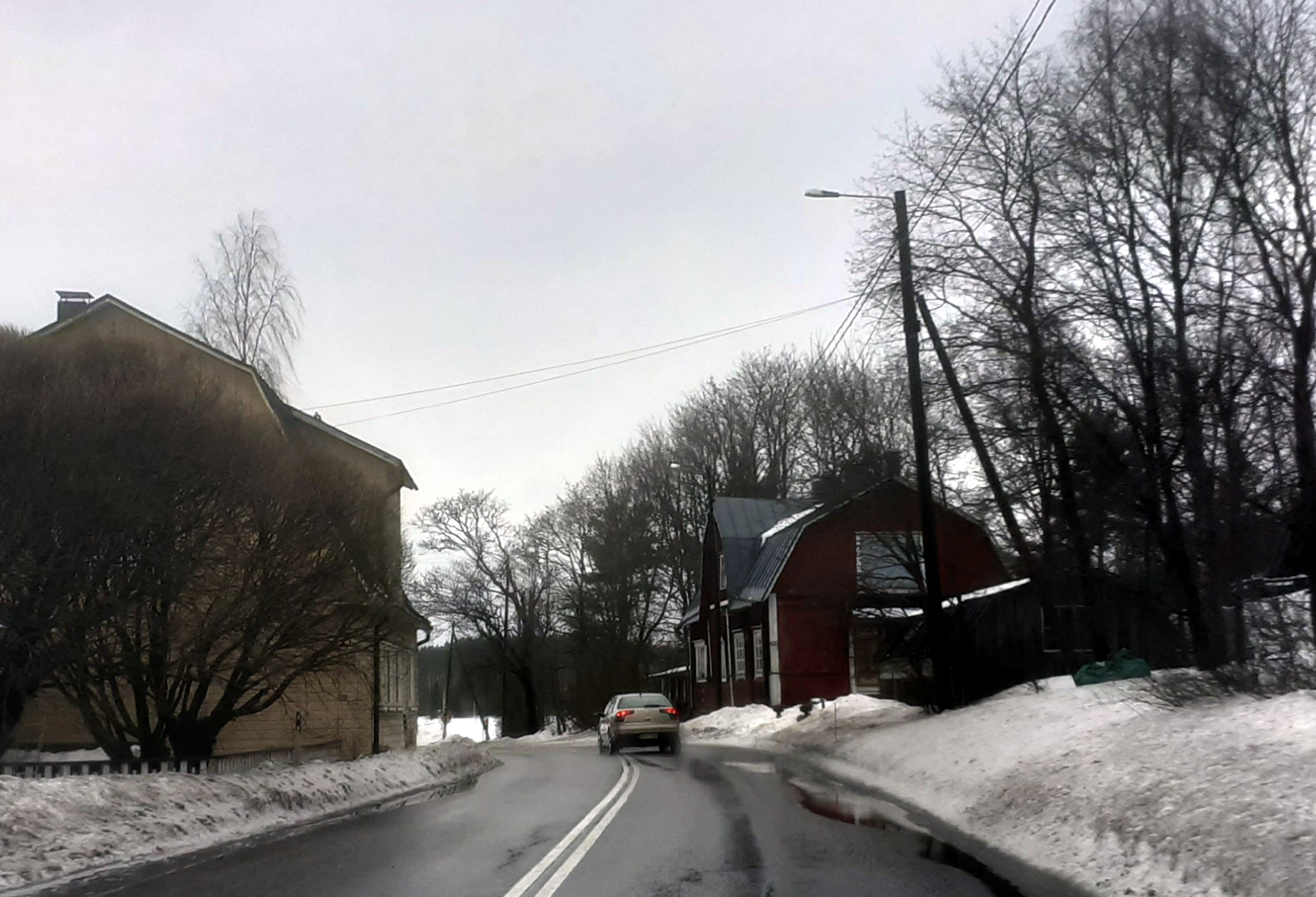|
Allington, Dorset
Allington is a village and civil parish in Dorset, England, north-west from the town of Bridport, with which it is physically contiguous; much of Allington lies within Bridport parish. In the 2011 census Allington civil parish had 371 dwellings, 339 households and a population of 766. Allington Hill rises to above the village; it is managed by the Woodland Trust. The hill is characteristic of the Upper Greensand hills and ridges found in the Marshwood and Powerstock Vales National Character Area. In 1086 in the Domesday Book Allington was recorded as ''Adelingtone''; it had 21 households, 3 ploughlands, of meadow and one mill. It was in Goderthorn Hundred and the lord and tenant-in-chief was Turstin son of Rolf. The parish church at North Allington, dedicated to St Swithun, was designed by Charles Wallis of Dorchester and built in 1826–27, and is a Grade II* listed building In the United Kingdom, a listed building or listed structure is one that has been place ... [...More Info...] [...Related Items...] OR: [Wikipedia] [Google] [Baidu] |
Dorset
Dorset ( ; archaically: Dorsetshire , ) is a county in South West England on the English Channel coast. The ceremonial county comprises the unitary authority areas of Bournemouth, Christchurch and Poole and Dorset. Covering an area of , Dorset borders Devon to the west, Somerset to the north-west, Wiltshire to the north-east, and Hampshire to the east. The county town is Dorchester, in the south. After the reorganisation of local government in 1974, the county border was extended eastward to incorporate the Hampshire towns of Bournemouth and Christchurch. Around half of the population lives in the South East Dorset conurbation, while the rest of the county is largely rural with a low population density. The county has a long history of human settlement stretching back to the Neolithic era. The Romans conquered Dorset's indigenous Celtic tribe, and during the Early Middle Ages, the Saxons settled the area and made Dorset a shire in the 7th century. The first re ... [...More Info...] [...Related Items...] OR: [Wikipedia] [Google] [Baidu] |
Godderthorne Hundred
Godderthorne Hundred was a hundred in the county of Dorset, England, containing the following parishes: * Allington *Shipton Gorge * Walditch See also *List of hundreds in Dorset This is a list of hundreds in the county of Dorset, England. Between the Anglo-Saxon period and the Local Government Act (1888), the county of Dorset was divided into hundreds and boroughs (and from the mediaeval period, liberties as well). The ... References ;Footnotes ;Sources *Boswell, Edward, 1833: ''The Civil Division of the County of Dorset'' (published on CD by Archive CD Books Ltd, 1992) * Hutchins, John, ''History of Dorset'', vols 1-4 (3rd ed 1861–70; reprinted by EP Publishing, Wakefield, 1973) *Mills, A. D., 1977, 1980, 1989: ''Place Names of Dorset'', parts 1–3. English Place Name Society: Survey of English Place Names vols LII, LIII and 59/60 Hundreds of Dorset {{Dorset-geo-stub ... [...More Info...] [...Related Items...] OR: [Wikipedia] [Google] [Baidu] |
Villages In Dorset
A village is a clustered human settlement or community, larger than a hamlet but smaller than a town (although the word is often used to describe both hamlets and smaller towns), with a population typically ranging from a few hundred to a few thousand. Though villages are often located in rural areas, the term urban village is also applied to certain urban neighborhoods. Villages are normally permanent, with fixed dwellings; however, transient villages can occur. Further, the dwellings of a village are fairly close to one another, not scattered broadly over the landscape, as a dispersed settlement. In the past, villages were a usual form of community for societies that practice subsistence agriculture, and also for some non-agricultural societies. In Great Britain, a hamlet earned the right to be called a village when it built a church. [...More Info...] [...Related Items...] OR: [Wikipedia] [Google] [Baidu] |
Neoclassical Architecture
Neoclassical architecture is an architectural style produced by the Neoclassical movement that began in the mid-18th century in Italy and France. It became one of the most prominent architectural styles in the Western world. The prevailing styles of architecture in most of Europe for the previous two centuries, Renaissance architecture and Baroque architecture, already represented partial revivals of the Classical architecture of ancient Rome and (much less) ancient Greek architecture, but the Neoclassical movement aimed to strip away the excesses of Late Baroque and return to a purer and more authentic classical style, adapted to modern purposes. The development of archaeology and published accurate records of surviving classical buildings was crucial in the emergence of Neoclassical architecture. In many countries, there was an initial wave essentially drawing on Roman architecture, followed, from about the start of the 19th century, by a second wave of Greek Revival archi ... [...More Info...] [...Related Items...] OR: [Wikipedia] [Google] [Baidu] |
Listed Building
In the United Kingdom, a listed building or listed structure is one that has been placed on one of the four statutory lists maintained by Historic England in England, Historic Environment Scotland in Scotland, in Wales, and the Northern Ireland Environment Agency in Northern Ireland. The term has also been used in the Republic of Ireland, where buildings are protected under the Planning and Development Act 2000. The statutory term in Ireland is "protected structure". A listed building may not be demolished, extended, or altered without special permission from the local planning authority, which typically consults the relevant central government agency, particularly for significant alterations to the more notable listed buildings. In England and Wales, a national amenity society must be notified of any work to a listed building which involves any element of demolition. Exemption from secular listed building control is provided for some buildings in current use for worsh ... [...More Info...] [...Related Items...] OR: [Wikipedia] [Google] [Baidu] |
Dorchester, Dorset
Dorchester ( ) is the county town of Dorset, England. It is situated between Poole and Bridport on the A35 trunk route. A historic market town, Dorchester is on the banks of the River Frome to the south of the Dorset Downs and north of the South Dorset Ridgeway that separates the area from Weymouth, to the south. The civil parish includes the experimental community of Poundbury and the suburb of Fordington. The area around the town was first settled in prehistoric times. The Romans established a garrison there after defeating the Durotriges tribe, calling the settlement that grew up nearby Durnovaria; they built an aqueduct to supply water and an amphitheatre on an ancient British earthwork. After the departure of the Romans, the town diminished in significance, but during the medieval period became an important commercial and political centre. It was the site of the " Bloody Assizes" presided over by Judge Jeffreys after the Monmouth Rebellion, and later the tr ... [...More Info...] [...Related Items...] OR: [Wikipedia] [Google] [Baidu] |
St Swithun
Swithun (or Swithin; ang, Swīþhūn; la, Swithunus; died 863 AD) was an Anglo-Saxon bishop of Winchester and subsequently patron saint of Winchester Cathedral. His historical importance as bishop is overshadowed by his reputation for posthumous miracle-working. According to tradition, if it rains on Saint Swithun's bridge (Winchester) on his feast day (15 July) it will continue for forty days. Biography St. Swithun was Bishop of Winchester from his consecration on 30 October 852 until his death on 2 July 863. However, he is scarcely mentioned in any document of his own time. His death is entered in the Canterbury manuscript of the ''Anglo-Saxon Chronicle'' (MS F) under the year 861. He is recorded as a witness to nine charters, the earliest of which (S 308) is dated 854. More than a hundred years later, when Dunstan and Æthelwold of Winchester were inaugurating their church reform, Swithun was adopted as patron of the restored church at Winchester, formerly dedicated ... [...More Info...] [...Related Items...] OR: [Wikipedia] [Google] [Baidu] |
Tenant-in-chief
In medieval and early modern Europe, the term ''tenant-in-chief'' (or ''vassal-in-chief'') denoted a person who held his lands under various forms of feudal land tenure directly from the king or territorial prince to whom he did homage, as opposed to holding them from another nobleman or senior member of the clergy.Bloch ''Feudal Society Volume 2'' p. 333Coredon ''Dictionary of Medieval Terms & Phrases'' p. 272 The tenure was one which denoted great honour, but also carried heavy responsibilities. The tenants-in-chief were originally responsible for providing knights and soldiers for the king's feudal army.Bracton, who indiscriminately called tenants-in-chief "barons" stated: "sunt et alii potentes sub rege qui barones dicuntur, hoc est robur belli" ("there are other magnates under the king, who are called barons, that is the hardwood of war"), quoted in Sanders, I.J., ''Feudal Military Service in England'', Oxford, 1956, p.3; "Bracton's definition of the ''baro''" (plur ''baron ... [...More Info...] [...Related Items...] OR: [Wikipedia] [Google] [Baidu] |
Ploughland
The carucate or carrucate ( lat-med, carrūcāta or ) was a medieval unit of land area approximating the land a plough team of eight oxen could till in a single annual season. It was known by different regional names and fell under different forms of tax assessment. England The carucate was named for the carruca heavy plough that began to appear in England in the late 9th century, it may have been introduced during the Viking invasions of England.White Jr., Lynn, The Life of the Silent Majority, pg. 88 of Life and Thought in the Early Middle Ages, ed. Robert S. Hoyt, University of Minnesota Press, Minneapolis. 1967 It was also known as a ploughland or plough ( ang, plōgesland, "plough's land") in the Danelaw and usually, but not always, excluded the land's suitability for winter vegetables and desirability to remain fallow in crop rotation. The tax levied on each carucate came to be known as "carucage". Though a carucate might nominally be regarded as an area of 120 acres (49 ... [...More Info...] [...Related Items...] OR: [Wikipedia] [Google] [Baidu] |
Village
A village is a clustered human settlement or community, larger than a hamlet but smaller than a town (although the word is often used to describe both hamlets and smaller towns), with a population typically ranging from a few hundred to a few thousand. Though villages are often located in rural areas, the term urban village is also applied to certain urban neighborhoods. Villages are normally permanent, with fixed dwellings; however, transient villages can occur. Further, the dwellings of a village are fairly close to one another, not scattered broadly over the landscape, as a dispersed settlement. In the past, villages were a usual form of community for societies that practice subsistence agriculture, and also for some non-agricultural societies. In Great Britain, a hamlet earned the right to be called a village when it built a church. [...More Info...] [...Related Items...] OR: [Wikipedia] [Google] [Baidu] |
Domesday Book
Domesday Book () – the Middle English spelling of "Doomsday Book" – is a manuscript record of the "Great Survey" of much of England and parts of Wales completed in 1086 by order of King William I, known as William the Conqueror. The manuscript was originally known by the Latin name ''Liber de Wintonia'', meaning "Book of Winchester", where it was originally kept in the royal treasury. The '' Anglo-Saxon Chronicle'' states that in 1085 the king sent his agents to survey every shire in England, to list his holdings and dues owed to him. Written in Medieval Latin, it was highly abbreviated and included some vernacular native terms without Latin equivalents. The survey's main purpose was to record the annual value of every piece of landed property to its lord, and the resources in land, manpower, and livestock from which the value derived. The name "Domesday Book" came into use in the 12th century. Richard FitzNeal wrote in the '' Dialogus de Scaccario'' ( 1179) that the bo ... [...More Info...] [...Related Items...] OR: [Wikipedia] [Google] [Baidu] |


_-_facade_on_Piazza_dei_signori.jpg)



